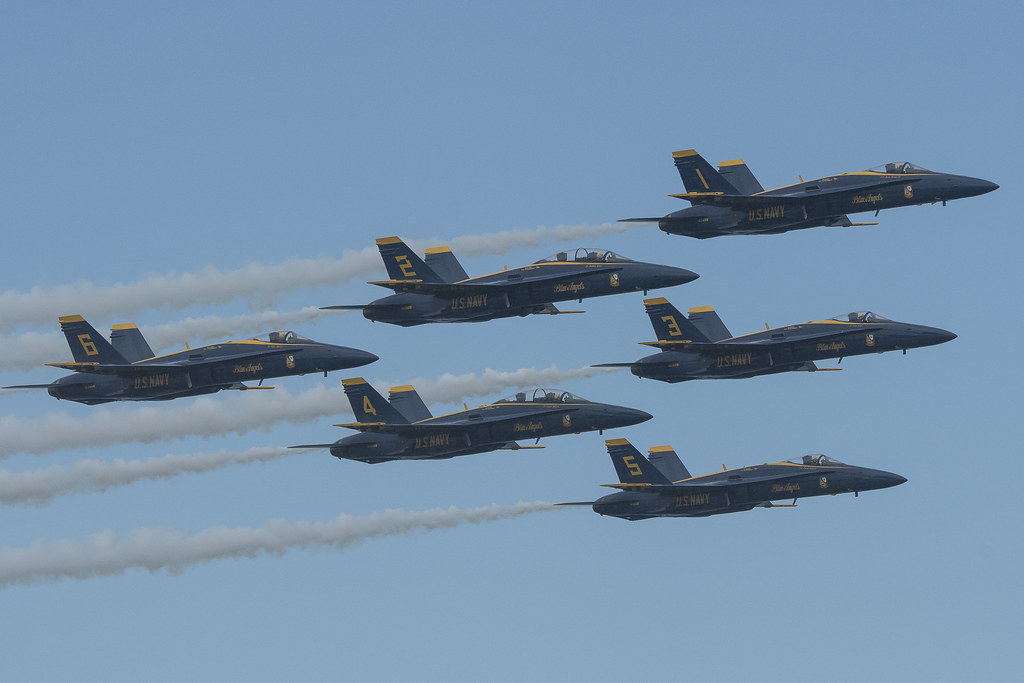Scott Merryfield
Senior HTF Member
I kind of figured. In those situations, I find the loss of light outweighs the benefits.
I've never shot an air show, so am not familiar with the shutter speeds needed. For whale watching, as long as the shutter speed is 1/1000sec I'm good. The most difficult aspect is locating the whale when it surfaces (you are never sure where they will surface), locking the auto focus and composing the frame in the brief time the whale is visible So,the light loss from a CPL is usually not a problem - it just cannot affect AF performance.


 [/url
[/url











